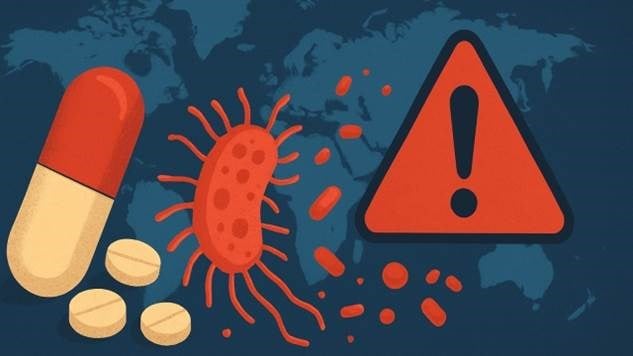
WHO says antimicrobial resistance (AMR) is one of the top 10 global health threats
\ Antibiotic resistance is becoming a serious problem globally, affecting the effectiveness of treatment. Recently, the World Health Organization (WHO) published a comprehensive analysis of the antibiotic resistance (AMR) crisis. If you have undergone treatment without seeing any improvement, it is very likely that your body has developed antibiotic resistance.
The Global Antimicrobial Resistance Surveillance 2025 report, compiled by WHO's Global Antimicrobial Utilization and Resistance Surveillance System (GLASS), is based on analysis of more than 23 million bacteriologically confirmed infections in 104 countries. The results show that resistance to life-saving drugs is "extremely high and increasing", especially in contexts with limited health resources.
This means that many conventional treatments for common ailments such as urinary tract infections (UTIs) or gastrointestinal illnesses may no longer be as effective as before.
“Antimicrobial resistance (AMR) is one of the top 10 global health threats, undermining the effectiveness of essential treatments and putting millions of people at risk of untreatable infections,” the report says. Key findings from the WHO report on antimicrobial resistance:
1. High antibiotic resistance is a global reality
The WHO report confirms that antibiotic resistance is spreading globally and is unevenly distributed across regions. One in six laboratory-confirmed infections worldwide will be due to antibiotic-resistant bacteria by 2023. Urinary tract infections (UTIs) are most vulnerable: The highest average antibiotic resistance rates are recorded in UTIs, affecting about one-third of patients. Bloodstream infections (BSIs) are a major concern: About one in six cases of bloodstream infections are antibiotic-resistant. The effectiveness of first-line treatments for common bloodstream, urinary tract, and gastrointestinal infections is declining. The threat from Gram-negative bacteria: The report points to increasing antibiotic resistance in Gram-negative pathogens, such as E. coli and Klebsiella pneumoniae. These bacteria are becoming a serious threat to global public health.2. Disproportionate burden on the most vulnerable
The WHO report says the antimicrobial resistance crisis does not affect all countries in the same way. Some are being hit harder, while others have managed to mitigate the effects of resistance. This has created an “antimicrobial resistance and fragile health systems epidemic” that disproportionately affects the most vulnerable populations. Impact on low-income groups: The burden of antimicrobial resistance is highest in low- and middle-income countries (LMICs), where health systems are weak. This inequality highlights the urgent need to invest in health, particularly in infection prevention, access to timely and quality diagnosis and treatment. Surveillance paradox: The report also found that countries with limited health surveillance capacity often report higher rates of antimicrobial resistance. However, this is largely due to sampling bias, as data are mainly collected from tertiary hospitals – which receive the most severe cases or patients who have failed initial treatment – leading to an overestimation of the true impact of antimicrobial resistance (AMR).3. Global surveillance increases, but gaps remain
Global efforts to track the antibiotic resistance crisis are expanding, but significant gaps remain between regions. According to WHO, the number of countries participating in the Global Antimicrobial Utilization and Resistance Surveillance System (GLASS) has quadrupled since 2016. By 2023, 104 countries had contributed data—a more than 300% increase from the first year the system was launched. Antibiotic resistance, the report says, “is most prevalent in the Southeast Asia and Eastern Mediterranean regions (nearly 1 in 3 infections), followed by the African region (1 in 5), all higher than the global average. Resistance is less prevalent in the European region (1 in 10) and lowest in the Western Pacific region (1 in 11), reflecting large regional disparities.” Between 2016 and 2023, the coverage of national antimicrobial resistance surveillance was significantly expanded worldwide, including bloodstream, urinary tract, and gastrointestinal infections. The system tracks the number of reported infections with antimicrobial susceptibility testing (AST) results per million population, providing a clearer picture of resistance trends. However, significant gaps remain between regions. The lowest participation rates remain in the Americas and Western Pacific regions. More than half of reporting countries still lack basic infrastructure, such as quality assurance systems and adherence to international AST standards—essential for generating reliable and comprehensive AMR data. WHO has called on countries to step up efforts to achieve global targets, including ensuring that at least 70% of antibiotics used in humans fall under the WHO “Access” category by 2030 — a target set out in the UN General Assembly’s Political Declaration on AMR 2024./. Faculty of General Education
Source: https://yte.nghean.gov.vn/tin-chuyen-nganh/who-canh-bao-su-dung-thuoc-khang-khang-sinh-dat-muc-cuc-ky-cao-tren-toan-cau-nhieu-phuong-phap-d-982632


![[Photo] Unique architecture of the deepest metro station in France](https://vphoto.vietnam.vn/thumb/1200x675/vietnam/resource/IMAGE/2025/11/14/1763107592365_ga-sau-nhat-nuoc-phap-duy-1-6403-jpg.webp)
























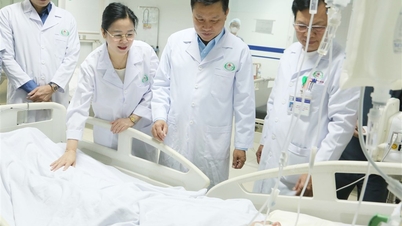
![[Photo] Unique art of painting Tuong masks](https://vphoto.vietnam.vn/thumb/1200x675/vietnam/resource/IMAGE/2025/11/14/1763094089301_ndo_br_1-jpg.webp)
![[Photo] Special class in Tra Linh](https://vphoto.vietnam.vn/thumb/1200x675/vietnam/resource/IMAGE/2025/11/14/1763078485441_ndo_br_lop-hoc-7-jpg.webp)














































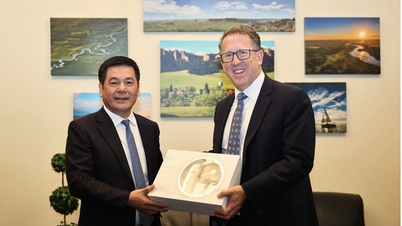










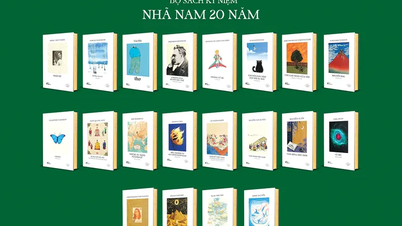

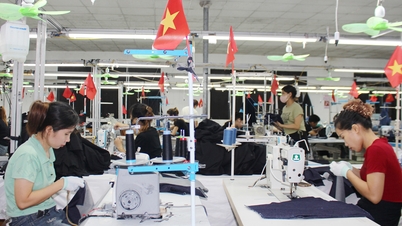

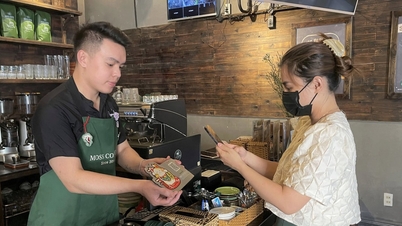












Comment (0)